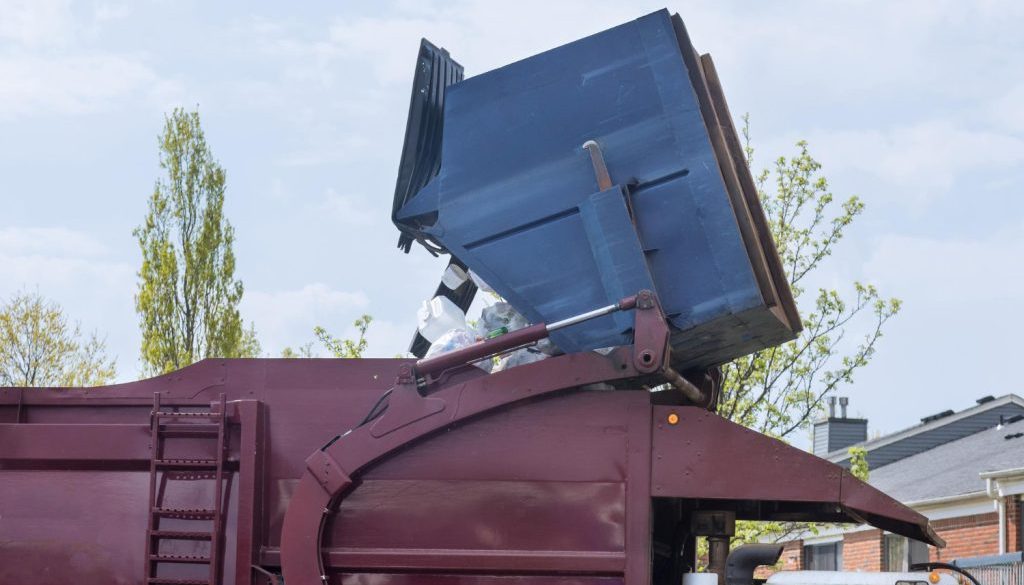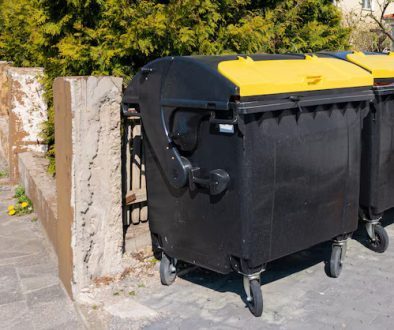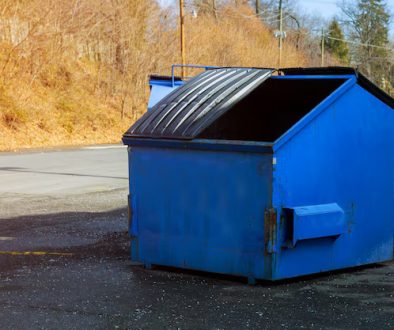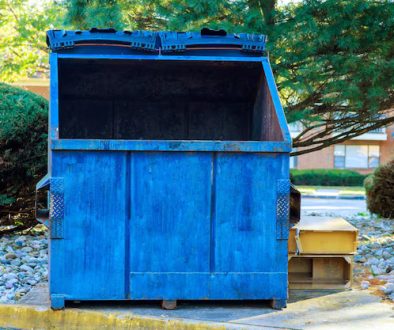Winter brings unique challenges and opportunities in recycling aggregates, which are essential materials used in construction and landscaping projects. Stones, gravel, and sand, collectively known as aggregates, form the backbone of durable structures and safe outdoor spaces, particularly during harsh weather conditions. Recycling these materials not only supports sustainable practices but also helps manage resources more efficiently.
Recycling aggregates during winter can be particularly rewarding. It reduces the need for new material production, thus conserving energy and minimising environmental impact. However, the cold temperatures and increased moisture levels pose specific hurdles that require strategic planning and execution.
A thorough understanding of the aggregates and their importance in winter projects can significantly enhance recycling efforts. By employing proper techniques and strategies, it is possible to maintain quality and efficiency throughout the recycling process. This approach not only preserves natural resources but also contributes to cost-effective project management, even in the chilly winter months.
Understanding Aggregates and Their Importance in Winter
Aggregates are essential materials widely used in construction and landscaping, consisting of gravel, sand, stone, and other crushed materials. During winter, aggregates play a crucial role in maintaining safe and effective infrastructure. They provide stability for roads, pathways, and building foundations, especially when icy or wet conditions make surfaces treacherous. In landscaping, aggregates help manage water drainage, preventing flooding and erosion which are common in winter months.
Recycling aggregates during the colder months offers both environmental and practical benefits. By reusing materials like gravel and crushed stone, there’s a reduced demand for new quarrying, which helps preserve natural resources and diminishes the overall carbon footprint. Moreover, recycled aggregates are often more cost-effective, providing an economical alternative to newly sourced materials. Recycled materials can be used in various applications, such as road fill and drainage systems, ensuring durability even when conditions are challenging.
The reuse of aggregates assists in sustainability efforts, promoting responsible resource management. As winter introduces additional environmental pressures, the recycling of aggregates becomes a powerful tool in balancing developmental needs with ecological preservation. Thus, understanding their widespread importance during winter highlights the necessity of integrating recycling processes into routine waste management practices.
Challenges of Recycling Aggregates in Cold Weather
Recycling aggregates in winter presents specific challenges due to the environmental conditions. Cold temperatures can cause materials to freeze, making them difficult to process and handle. Moisture from rain or snow adds to the problem, as wet aggregates can clog machinery and increase the risk of equipment damage.
Key issues faced during recycling in winter include:
– Freezing Temperatures: Cold can make aggregates solidify, which complicates sorting and processing.
– Increased Moisture: Snow and rain introduce extra water, leading to clumping and machinery blockages.
– Limited Daylight: Shorter days reduce available working hours, affecting productivity and scheduling.
To overcome these challenges, several strategies can be employed. Machinery should be regularly maintained to ensure it operates efficiently in cold conditions. This includes checking for moisture-resistant components and using antifreeze solutions for engines. Covering stockpiles with tarps or storing them in covered areas helps reduce moisture exposure. Additionally, planning operations closely around the weather forecast can minimise disruptions from snow or heavy rainfall.
Warming aggregates before use is another practical solution. Heated storage facilities or temporary warming methods can keep materials at optimal temperatures for processing. By proactively addressing these challenges, recycling processes can be maintained smoothly even in the hardest winter months, ensuring productivity and material quality remain high.
Step-by-Step Guide to Recycling Aggregates in Winter
Recycling aggregates effectively during winter requires a structured approach to handle the unique challenges presented by cold weather. Here’s a straightforward guide to ensure a smooth recycling process:
1. Collection and Sorting: Begin by gathering aggregates from demolition or construction sites. Sort materials into categories such as gravel, sand, and stone. Use protective coverings to keep materials dry and free from ice or snow.
2. Processing: Transport sorted materials to a recycling facility. Ensure equipment used in crushing and screening is winterised to withstand cold temperatures. Regularly inspect machines for moisture damage and perform maintenance to prevent breakdowns.
3. Storage: Keep processed aggregates in dry, covered areas. Consider using heated storage solutions to prevent freezing and maintain material quality. Proper labelling and organised storage aid in easy access and reduce handling time.
4. Quality Assurance: Conduct quality checks to ensure aggregates meet required standards. This includes testing for contaminants and ensuring particle size uniformity. Maintaining high standards is crucial for producing reliable recycled products.
5. Transportation: Use vehicles equipped for winter conditions to deliver recycled aggregates to their next destination. Ensure transport paths are clear of snow and ice for safe and timely delivery.
By adhering to these steps, recycling operatives can ensure that the process remains efficient and productive, even in the toughest winter conditions.
Eco-Friendly Practices and Benefits of Winter Aggregate Recycling
Embracing eco-friendly practices during the recycling of aggregates in winter can significantly enhance the process’s sustainability. Here are some methods and benefits to consider:
– Use of Green Equipment: Choose machinery that utilises less fuel and emits fewer pollutants. Non-toxic lubricants and biodegradable hydraulic fluids are small changes that leverage big impacts.
– Water Management: Implement systems to capture and reuse water used in processing aggregates. This reduces waste and conserves a valuable resource during winter months when water levels might be reduced.
– Energy-Efficient Facilities: Optimise facilities to use less energy. Insulate buildings to prevent heat loss and incorporate solar panels to supply renewable energy sources, reducing overall operational costs.
Conclusion
Recycling aggregates during winter not only conserves natural resources but also contributes to economic savings and sustainability. The environmental benefits of reducing quarrying activities through the reuse of aggregates are vast, including the conservation of habitats and the reduction of carbon emissions linked to new material production. Efficient recycling practices help support local construction and landscaping projects by providing cost-effective, high-quality materials that can withstand winter conditions.
Enviro Skip Hire understands the significance of maintaining sustainable waste management practices, even when challenges arise with winter weather. By choosing to recycle aggregates responsibly, communities can enjoy a cleaner environment and a greener future. This approach not only supports eco-conscious construction but also aligns with broader efforts to minimise waste and promote resource sustainability throughout the year.
Partner with Enviro Skip Hire today to make your aggregate recycling processes more efficient and eco-friendly. Our expertise ensures that your projects maintain quality while contributing to environmental efforts. Visit our site to learn how we can assist you in achieving your sustainability goals this winter season.




